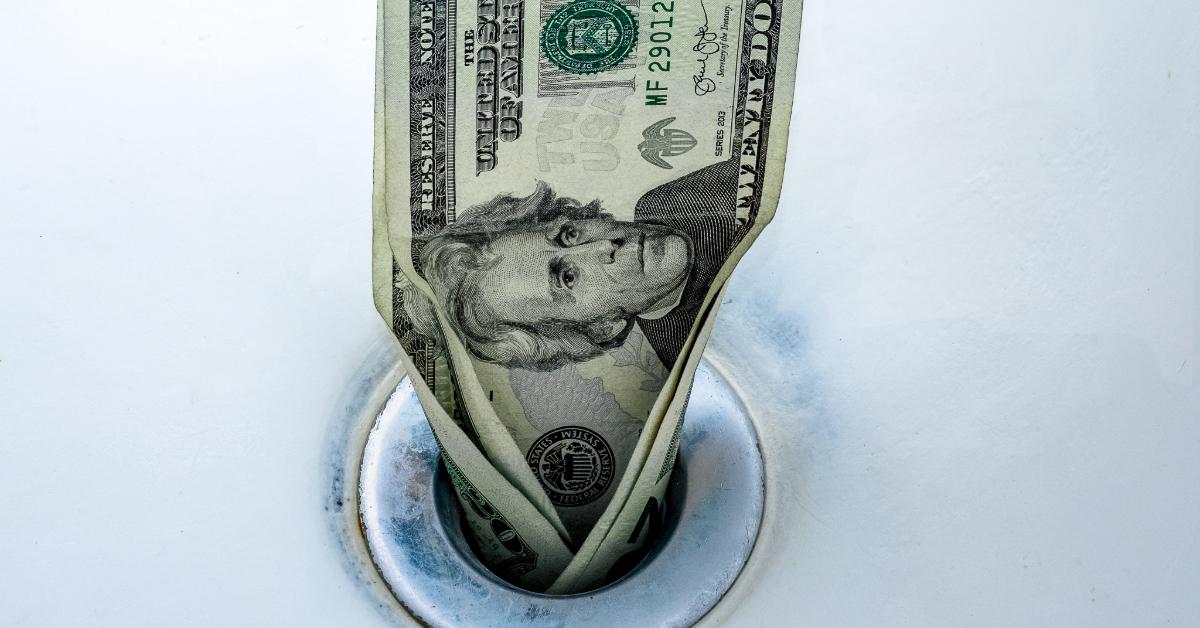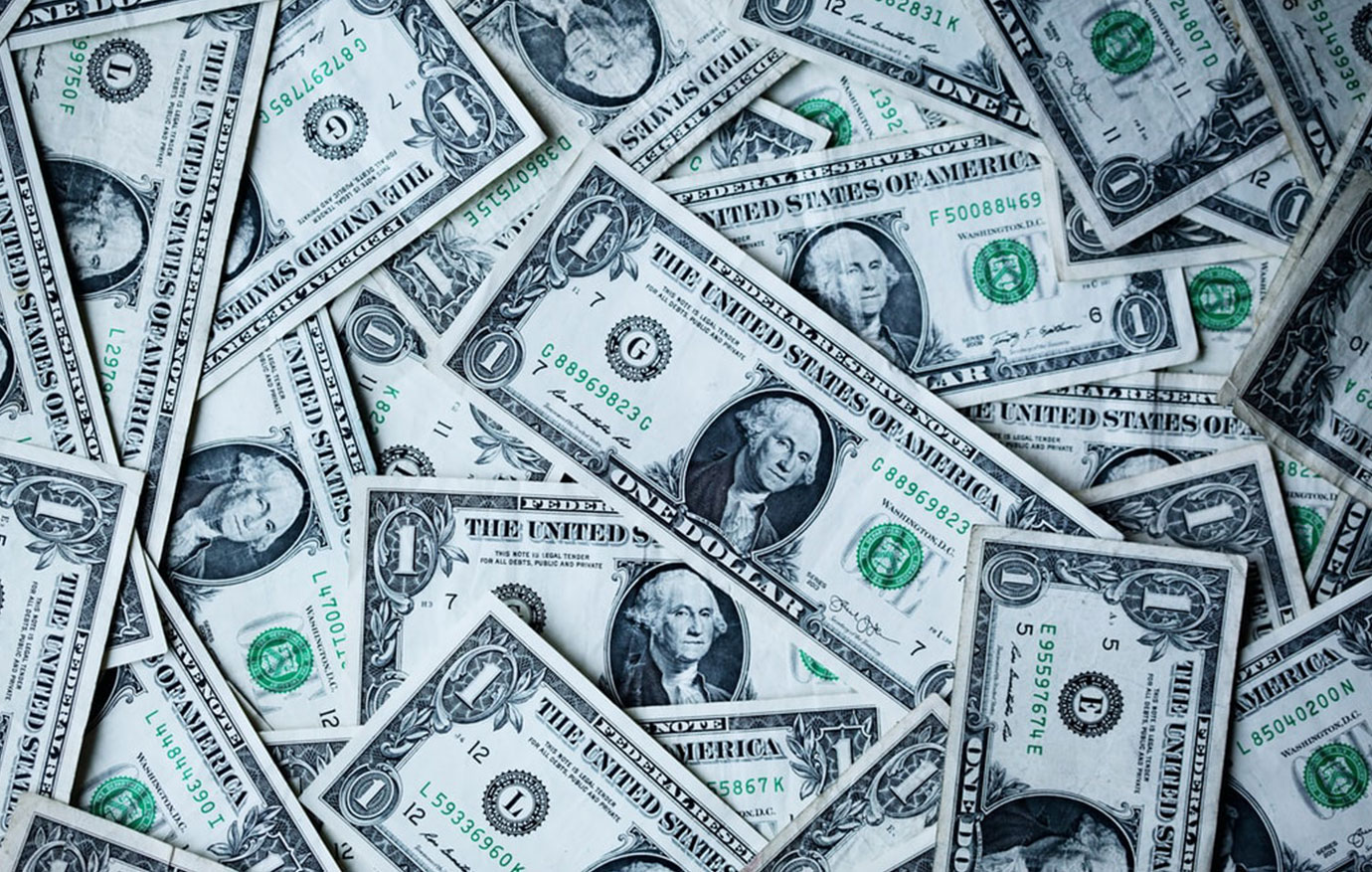
Many economists claim that economic growth is driven by increases in the total demand for goods and services, additionally claiming that overall output increases by a multiple of the increase in expenditures by government, consumers, and businesses. Thus, it is not surprising that most economic commentators believe that a fiscal and monetary stimulus will strengthen total demand, preventing the US economy from falling into a recession.
These economists believe that increasing government spending and central bank monetary pumping will increase production of goods and services and strengthen total demand. This means that demand creates supply. However, is this the case?
Why Supply Precedes Demand
In the market economy, producers do not produce solely for their own consumption. Some of their production is used to exchange for what others produce. Hence, in the market economy, production precedes consumption, which means that something is exchanged for something else. This also means that an increase in the production of goods and services leads to an increase in the demand for goods and services.
According to David Ricardo,
No man produces, but with a view to consume or sell, and he never sells, but with an intention to purchase some other commodity, which may be immediately useful to him, or which may contribute to future production. By producing, then, he necessarily becomes either the consumer of his own goods, or the purchaser and consumer of the goods of some other person.
An individual’s demand is constrained by his ability to produce goods. The more goods an individual can produce, the more goods he can demand. For example, if five people produce ten potatoes and five tomatoes, this is all that they can demand and consume. The only way to consume more is to produce more.
James Mill wrote,
When goods are carried to market what is wanted is somebody to buy. But to buy, one must have the wherewithal to pay. It is obviously therefore the collective means of payment which exist in the whole nation that constitute the entire market of the nation. But wherein consist the collective means of payment of the whole nation? Do they not consist in its annual produce, in the annual revenue of the general mass of inhabitants? But if a nation’s power of purchasing is exactly measured by its annual produce, as it undoubtedly is; the more you increase the annual produce, the more by that very act you extend the national market, the power of purchasing and the actual purchases of the nation. . . . Thus it appears that the demand of a nation is always equal to the produce of a nation. This indeed must be so; for what is the demand of a nation? The demand of a nation is exactly its power of purchasing. But what is its power of purchasing? The extent undoubtedly of its annual produce. The extent of its demand therefore and the extent of its supply are always exactly commensurate.
The Expanding Pool of Real Savings Key to Economic Growth
Without the expansion and enhancement of the structure of production, it is impossible to increase the supply of goods and services in accordance with the increase in total demand. Expanding and enhancing the infrastructure depends upon expanding the pool of real savings, which is composed of consumer goods and supports those employed producing those necessary goods and services.
Consequently, it does not follow that increasing government spending and employing loose monetary policy will increase the economy’s output. It is impossible to lift overall production without the necessary support from the real savings pool.
For example, a baker produces twelve loaves of bread and saves ten loaves. He then exchanges them for a pair of shoes with a shoemaker. In this example, the baker funds the purchase of shoes by means of the ten saved loaves of bread, which maintains the shoemaker’s life and well-being. Likewise, the shoemaker has funded the purchase of bread by means of shoes that he had produced.
Assume that the baker has decided to build another oven to increase production of bread. To implement his plan, the baker hires the services of the oven maker, paying the oven maker with some of the bread he is producing. If the flow of bread production is disrupted, however, the baker cannot pay the oven maker, so the making of the oven would have to be abandoned. Therefore, what matters for economic growth is not just tools, machinery, and the pool of labor but also an adequate flow of consumer goods that meet the producer’s needs.
Government Does Not Generate Wealth
Government does not produce wealth, so how can an increase in government outlays revive the economy? People employed by the government expect compensation for their work. One way the government can pay these employees is by taxing others who are generating wealth. By doing this, the government weakens the wealth-generating process and undermines prospects for economic growth.
According to Murray Rothbard, “Since genuine demand only comes from the supply of products, and since the government is not productive, it follows that government spending cannot truly increase demand.”
If the pool of real savings is large enough to fund government spending, then a fiscal and monetary stimulus will seem to be successful. However, should the pool of real savings decline, then regardless of any increase in government outlays and monetary pumping by the central bank, overall real economic activity cannot be revived. In this case, the more government spends and the more the central bank pumps, the worse off wealth generators will be, eliminating prospects for a recovery.
When loose monetary and fiscal policies divert bread from the baker, he will have less bread at his disposal. Consequently, the baker cannot secure the services of the oven maker, making it impossible to increase the production of bread.
As the pace of loose government policies intensifies, the baker may not have enough bread left even to sustain the workability of the existing oven since he no longer can afford the services of a technician to maintain the existing oven. Consequently, the production of bread will actually decline.
Because of the increase in government outlays and monetary pumping, other wealth generators will have fewer real savings at their disposal. This in turn will hamper the production of their goods and will weaken overall real economic growth. The increase in loose fiscal and monetary policies not only fails to raise overall output, but on the contrary, it leads to a general weakening in the wealth-generation process.
According to J.B. Say, “The only real consumers are those who produce on their part, because they alone can buy the produce of others, [while] . . . barren consumers can buy nothing except by the means of value created by producers.”
Conclusion
Most economists and economic commentators claim that increases in government spending and central bank monetary pumping strengthen the economy’s overall demand. This, in turn, sets in motion increases in the production of goods and services. Thus, demand supposedly creates supply.
However, to be able to exchange something for goods and services, individuals must first have something by which to exchange. To demand goods and services individuals first must produce something useful. Hence, supply drives demand, not the other way around.
Increases in government spending divert savings from the wealth-generating private sector to the government, thereby undermining the wealth-generating process. Likewise, monetary pumping results in wealth diversion from wealth generators toward the holders of pumped money. Far from stimulating economic growth, government actions hinder it.


